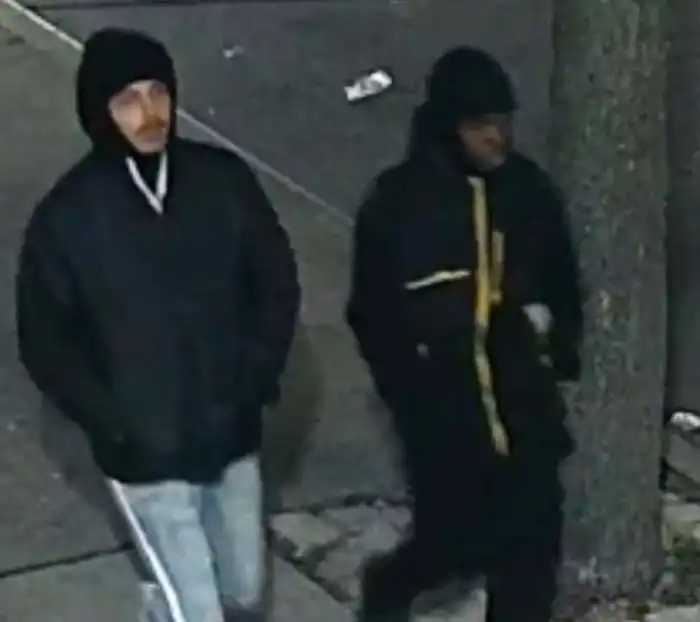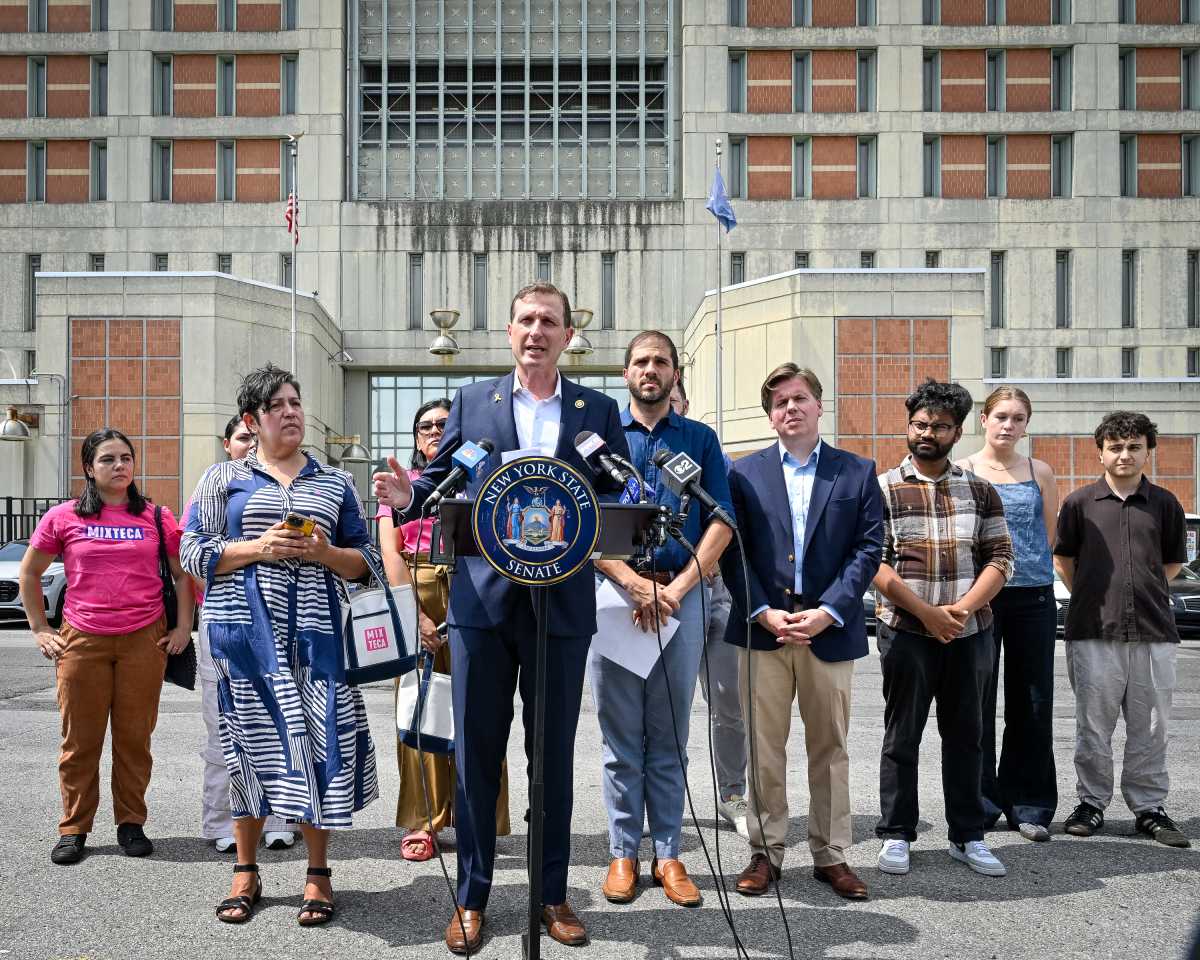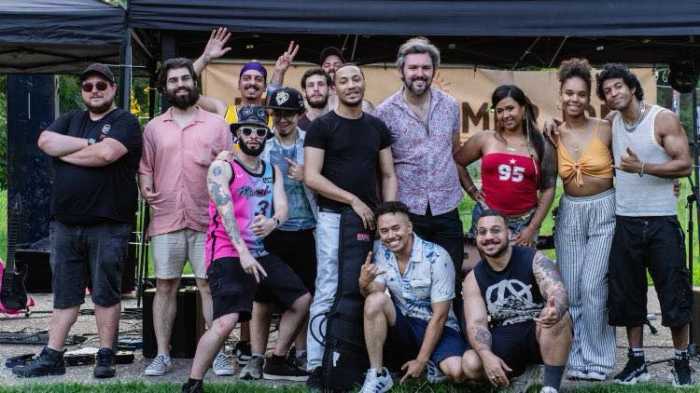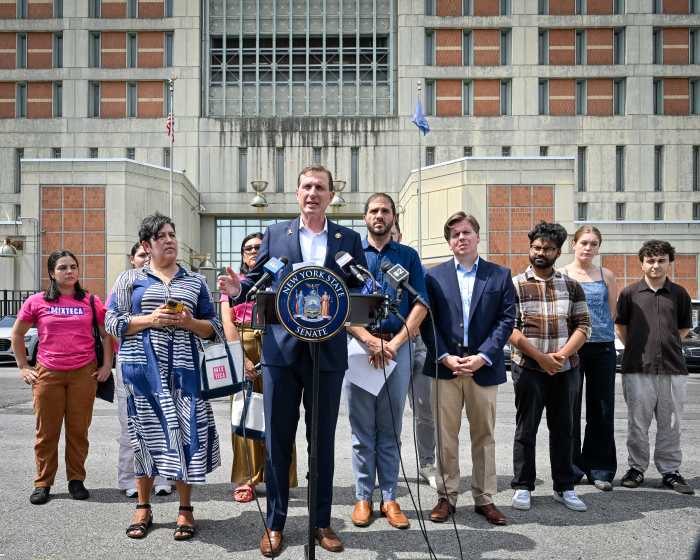
Walk around New York City on a hot summer day and you might imagine that marijuana is legal — a whiff emanating from an apartment building, an open window, over a park wall, appearing and disappearing as a smoker walks nonchalantly by, unconcerned.
Yet that is not quite city policy.
In the fall of 2014, Mayor Bill de Blasio and his police commissioner, William Bratton, acted on an issue dear to police reformers, by slightly loosening marijuana enforcement.
Those caught with less than 25 grams of marijuana in a public place would be subject to a summons — like a traffic ticket — not an arrest. The major exception is if a person is actually smoking, in which case he or she would still be subject to arrest — as well as if that person had an active warrant, were wanted in an investigation, or had no ID.
Arrests for possession of marijuana fell substantially between 2014 and 2015. But this year, they’ve ticked up again, and nearly 90 percent of those arrested are black or Hispanic, a fact highlighted by a recent report from the Police Reform Organizing Project.
A balancing act
Those numbers — and the way the law is enforced — tell a story of the delicate balance involved in current policing in NYC.
In 2014, de Blasio hailed the new marijuana policy as avoiding “unnecessary arrests,” and the NYPD began to carry that out — with arrests for possession of a small amount of marijuana dropping from 26,388 in 2014 to 16,590 in 2015, according to data from the state Division of Criminal Justice Services.
Those are arrests in which the most serious crime was marijuana possession.
And though marijuana use is roughly equivalent for blacks and whites, according to the National Survey on Drug Use and Health, most of those arrested for possession were black and Hispanic New Yorkers — just under 90 percent in 2015.
In the first quarter of this year, arrests for possession were up 43 percent compared to the same period last year. And blacks and Hispanics still account for 86 percent of those arrests.
A police spokesman says the majority of arrests were for smoking in public. This points to the racial disparities in policing in New York, where minoritiesin poorer communities are the subject of more police monitoring.
“Some people think that marijuana has effectively been decriminalized,” says Bob Gangi, the director of PROP, which released the report. “It’s been decriminalized for white people. That sounds glib and cynical, but it’s essentially true.”
Trying to have it both ways
PROP hopes to draw attention to the racial disparities and also the increase in arrests for marijuana in the year’s first quarter.
The increase and the disparity complicate the picture that de Blasio and Bratton would like to present, where they are holding the line against crime while also making the system fairer with bold changes. Rather, they are tweaking policies, not upending them, and the reality on the ground hasn’t been upended either.
The increased arrests aren’t necessarily cause for alarm yet but are a reminder that the 2014 policy reform was limited.
In terms of marijuana policy, comments made by Bratton last month on local radio — about the association he sees in NYC between marijuana and violence — made clear that he is no fan of legalization. Yet 2015, the year after the marijuana reforms went into effect, was one of the city’s safest years.
Going into an election year, de Blasio hopes that he can have things both ways. He and NYPD brass held a news conference at 1 Police Plaza on Thursday, touting NYC’s continued safety, with murders and shootings down in the first months of 2016 — while other cities experienced a trend in the opposite direction. As usual, the NYPD attributed it to the laser-focus of police department resources on particular areas. A focus that also results in marijuana arrests for those caught up in the intensity, pulling more people into the criminal justice system.
1 Police Plaza received other visitors Thursday, who’d marched from the Bronx all the way downtown — supporters of Ramarley Graham, the teenager shot in his home by a police officer in 2012 when the officer mistakenly thought Graham had and was drawing a gun. They are demanding that the officer, who has been put on modified duty pending an internal investigation, be fired.
For those seeking justice for the shooting of unarmed black men, tweaks being cast as reforms aren’t very satisfying.
This is amExpress, the conversation starter for New Yorkers. Subscribe at amny.com/amexpress.































